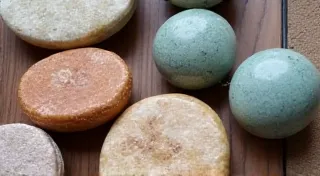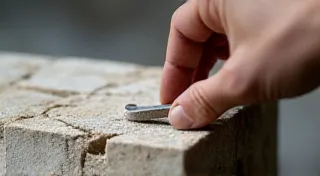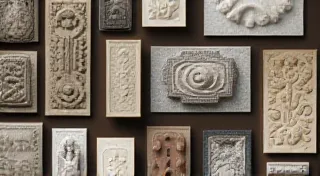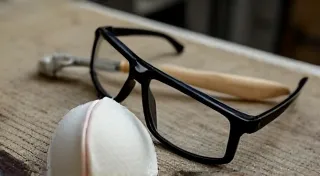Stone Carving for Garden Art: Durable Outdoor Creations
Transforming your garden into a tranquil and aesthetically pleasing oasis is a rewarding endeavor. While plants and landscaping offer obvious beauty, incorporating handcrafted elements elevates the space to a truly unique and personal sanctuary. Stone carving offers an exceptional avenue for achieving this, providing durable and timeless pieces that withstand the elements and bring an artistic touch to your outdoor environment. This guide explores the joys of stone carving for garden art, covering suitable stone types, carving techniques, design considerations, and essential tips for creating lasting outdoor sculptures.
Why Stone Carving for Garden Art?
Garden art, particularly stone sculpture, offers distinct advantages compared to other outdoor decorations. Unlike wood, which can rot or decay, and metal, which is prone to rust, stone offers incredible longevity. Properly chosen and cared for, a stone carving can grace your garden for generations. Beyond durability, stone brings a sense of permanence and grounding – a connection to nature's enduring power. The cool, tactile feel of stone contrasts beautifully with the textures and colors of plants, creating a visual harmony.
Furthermore, carving your own stone pieces offers immense creative freedom. You're not limited to mass-produced designs; you can express your own artistic vision and create pieces that are uniquely yours. The process itself can be incredibly therapeutic, connecting you with the material and fostering a sense of accomplishment. It’s a craft accessible to many, and even a beginner can find satisfaction in creating a simple stone animal to add a touch of whimsy to their garden.
Choosing the Right Stone: Durability and Aesthetics
Not all stones are created equal when it comes to outdoor use. Selecting a stone suitable for the climate and intended use is crucial for longevity. Here's a breakdown of popular choices:
- Soapstone: This is a fantastic choice for beginners. It’s soft, easy to carve, and naturally weather-resistant due to its high oil content. It’s available in a range of colors from grey to green to brown. Its softness does mean it can be slightly more susceptible to scratching compared to harder stones.
- Sandstone: Relatively soft and easily accessible, sandstone is good for intricate details. However, it is porous and can absorb water, potentially leading to freeze-thaw damage in colder climates. Sealing can mitigate this risk.
- Limestone: Similar to sandstone, limestone is also porous and requires sealing to prevent water absorption. It offers a classic, elegant look and carves well, but its longevity outdoors depends heavily on climate and maintenance.
- Slate: Known for its layered structure, slate offers a distinctive aesthetic. It is generally durable but can be brittle and prone to splitting if not handled carefully.
- Granite: One of the hardest and most durable stones, granite is an excellent choice for outdoor sculptures. It is resistant to weathering and requires minimal maintenance. However, its hardness makes it challenging to carve, requiring specialized tools and experience.
- Marble: Beautiful and elegant, marble is also quite durable when properly cared for. It is susceptible to acid rain, so it’s best suited for sheltered garden areas or regions with less acidic rainfall.
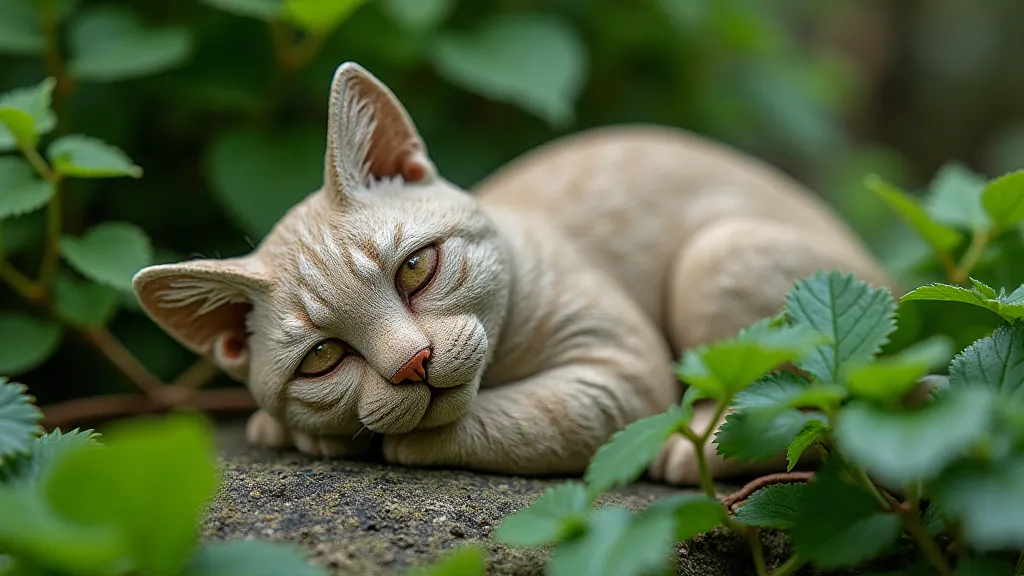
Essential Stone Carving Techniques for Garden Art
While granite and marble require professional expertise, many stones like soapstone and sandstone are accessible to hobbyists. Here are some basic techniques:
- Relief Carving: This involves carving away the background around a raised design. Ideal for creating plaques, wall hangings, or decorative panels. For those interested in deeper dives into this technique, exploring basic relief carving methods can yield stunning results.
- Subtractive Carving: This is the most common technique, where you gradually remove material to reveal the desired shape. Requires careful planning and a good understanding of stone behavior.
- Additive Carving (Less Common): Involves adding pieces of stone to build up a form. Primarily used by experienced sculptors.
- Direct Sculpting: Often used for soapstone, involves working directly with the stone, allowing the material to dictate the form.
Tools of the Trade: Basic tools include chisels of various sizes, hammers, rasps, files, and sandpaper. For softer stones like soapstone, hand tools are usually sufficient. Harder stones may require pneumatic tools (air chisels) for efficient material removal. Safety is paramount; always wear eye protection, gloves, and a dust mask when carving.
Designing Your Garden Sculpture: Inspiration and Considerations
The possibilities for garden sculpture are endless! Draw inspiration from nature – birds, animals, leaves, flowers, abstract forms – or incorporate personal symbolism and meaning.
- Scale and Proportion: Consider the size of your garden and the surrounding plants when determining the scale of your sculpture. A massive sculpture in a small garden can feel overwhelming, while a tiny piece can get lost.
- Style: Do you prefer a realistic, abstract, or whimsical style? Let your personal aesthetic guide your design.
- Placement: Think about how the sculpture will interact with its surroundings. Will it be a focal point, a hidden treasure, or part of a larger composition?
- Functionality: Some garden sculptures serve a practical purpose, such as bird baths or planters.
Tips for Creating Lasting Outdoor Stone Carvings
To ensure your garden sculpture endures the elements, follow these essential tips:
- Sealing: Porous stones like sandstone and limestone should be sealed with a penetrating sealer to prevent water absorption. Reapply the sealer periodically, as needed.
- Placement: Protect sculptures from direct sunlight and harsh weather conditions whenever possible.
- Cleaning: Regularly clean sculptures with mild soap and water to remove dirt and grime.
- Winter Protection: In areas with severe winters, consider covering sculptures or relocating them to a sheltered location.
- Understanding Stone Behavior: Different stones expand and contract at different rates with temperature changes. Consider this when designing and positioning your sculpture to prevent cracking.
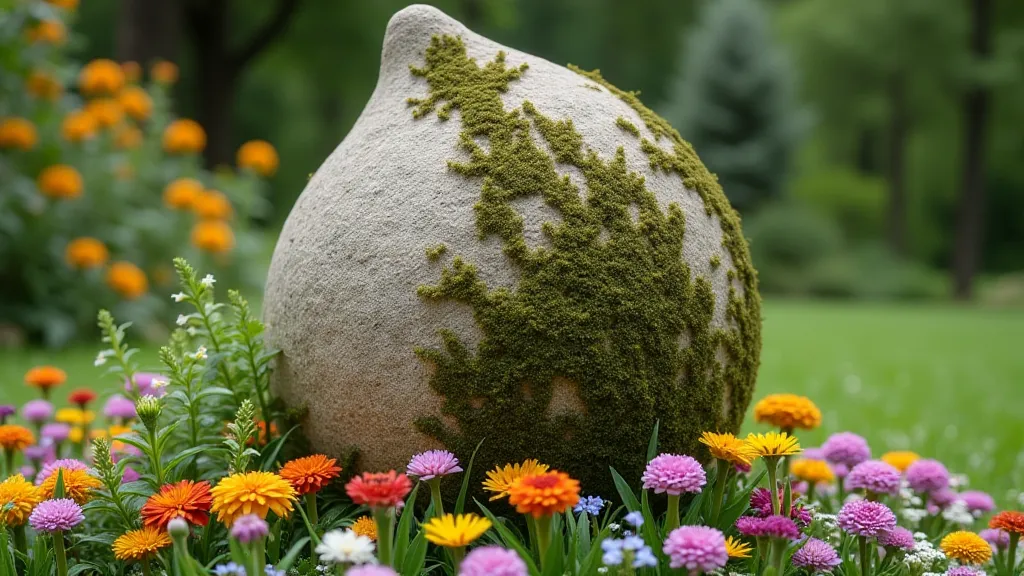
Beyond the Basics: Expanding Your Stone Carving Skills
Once you’re comfortable with basic techniques, explore more advanced carving methods like undercutting, texturing, and layering. Experiment with different stone types and finishes to create unique and expressive garden art. Consider taking a workshop with an experienced stone carver to learn new skills and refine your technique. For those aiming for exceptional detail, especially in softer stones like alabaster, the techniques involved in alabaster carving – focused on achieving translucence and exquisite detail – can offer valuable insights applicable to various stone types.

Stone Selection: A Deeper Dive
Beyond the brief overview provided earlier, let's explore some nuances in stone choice. The properties of each stone dictate not only its ease of carving but also its suitability for different climates and artistic styles.
Soapstone: While exceptionally beginner-friendly, its softness necessitates careful handling to avoid scratches and chips. Applying a light coat of mineral oil periodically can enhance its natural luster and provide an additional layer of protection.
Sandstone and Limestone: The porosity of these stones necessitates diligent sealing to prevent water penetration. The frequency of sealing depends on the local climate; regions with high rainfall will require more frequent applications. Look for penetrating sealers designed specifically for natural stone; these sealers penetrate the stone and create a barrier against water absorption without altering the stone’s appearance.
Slate: The layered structure of slate can be both a blessing and a curse. While the layers can create beautiful visual effects, they can also be prone to splitting. Carving slate requires a delicate touch and a sharp eye for detecting potential weak points.
Creative Inspiration: From Nature to Abstract Forms
Garden art is more than just sculpture; it’s an expression of your personal aesthetic and connection to nature. Don’t be afraid to experiment with different styles and techniques.
Nature-Inspired Sculptures: Birds, animals, flowers, and leaves are classic sources of inspiration. However, don’t feel limited to literal representations. Abstract forms can be just as evocative.
Abstract Sculptures: Abstract sculptures are a great way to express your creativity and add a touch of modernism to your garden. Experiment with different shapes, textures, and forms.
Functional Art: Combining sculpture with functionality is a great way to enhance the beauty and practicality of your garden. Bird baths, planters, and fountains are all examples of functional art.
Conclusion
Stone carving is a rewarding and fulfilling craft. With a little practice and patience, you can create beautiful and lasting works of art for your garden. Remember to choose the right stone, master the essential techniques, and let your creativity guide you. And if you are ever feeling overwhelmed, remember that even the most experienced stone carvers started with a simple block of stone and a dream.

